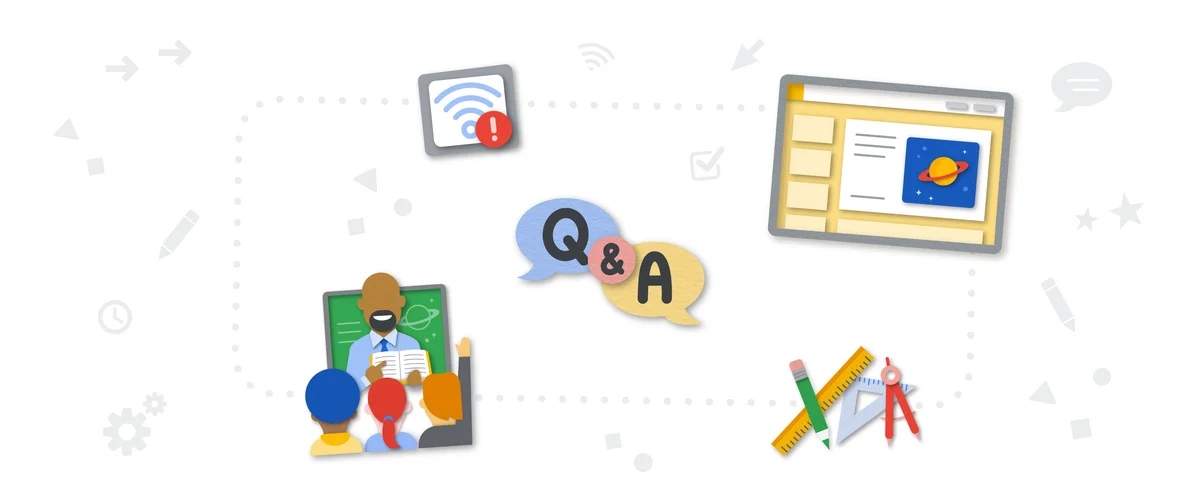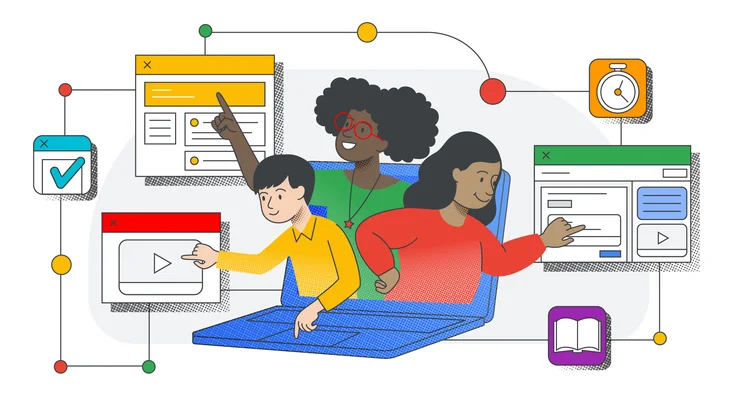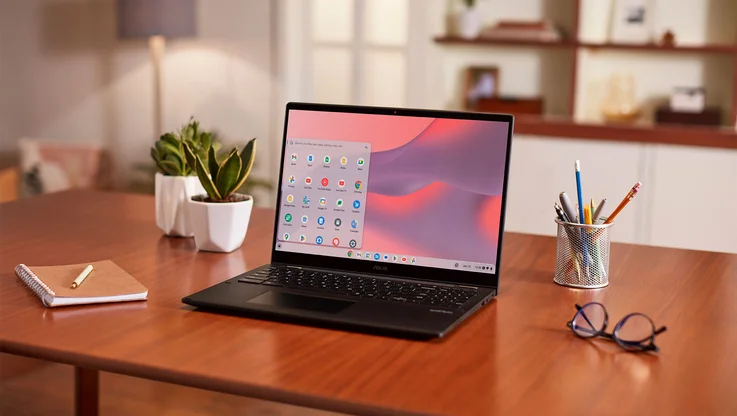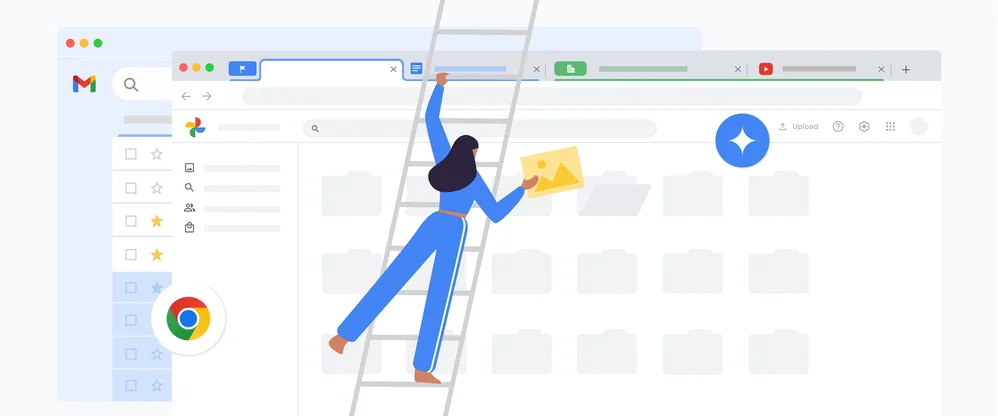Educators share their distance learning stories

We hear a lot of talk these days about finding the “new normal,” and while COVID-19 has presented countless challenges for educators, bright spots have emerged. The pandemic has pushed them to take risks, explore digital solutions, and experiment with new teaching methods to engage and support students and their families. We spoke to several educators who took the time to talk with us and share their experiences with distance learning.

How has your school’s level of digital and innovation changed since the pandemic?
Trinh: A lot of teachers thought that this would be a moment in time—that technology would be a solution for the pandemic only. However, they’re beginning to realize that digital learning will be needed over the long term. This fall, the professional learning is becoming deeper and will be needed to enhance teaching skills for the foreseeable future.
How have teachers’ mindsets changed toward technology since the pandemic began?
Lim: Before the pandemic, we’d have one or two people sign up for technology-related professional learning experiences. Now we’ve had as many as six hundred educators sign up. Since starting the year virtually, we’ve improved and capitalized on our community of teachers to work and plan together for a better distance learning experience. And it’s surprising how well some students do in this setting. They thrive in a space where they have more choice and agency in their learning. They didn’t necessarily have these experiences before because the teachers weren’t familiar with using the digital tools.
Brewster: I’ve seen teachers in my school who have for years have been reluctant to accept coaching or to explore innovative strategies and tech tools. These same teachers have begun to independently seek out support and try new things. They want to make sure their students’ engagement level and experience is more than showing up and turning on their cameras. I’ve also seen how parents are embracing digital learning more than before. In the past, there was concern about screen time but now with this new reality, they see how technology keeps us going and connected.
How have you overcome barriers to device and internet access?
Carraway: This fall, we are much more prepared than last spring. We’ve increased our Chromebook inventory and provided more hotspots to families and staff to better support distance learning. We've also opened up office hours for parents and guardians to get the answers they needed when they needed them.
Wright: Our district launched a Connected At Home Learning Support Initiative to expand our existing technology device offerings. In the spring, we allowed secondary students to check out Chromebooks and hotspots until school ended. For the past two years, we’ve participated in the Sprint 1 Million program to provide hotspots to high school students. We’ve now extended that to the Empowered 2.0 T-Mobile program and are partnering with our local cable company to provide low-cost home internet.
In what other ways are you supporting students and their families?
Barcenas: We thought that internet access was going to be the biggest barrier to learning, but in reality it was that parents weren’t always able to be home. It was the extended family members—the abuelitas and abuelos—who were sitting side by side with the students, and they didn’t have the digital skill sets to help them with digital classwork. This fall, we’ve opened office hours for grandparents and we’re “translating” our technological vocabulary to make sense to older-generation family members.
Farinas: At the start of the school year we were hyper-focused on building community before tackling content. It’s paramount that teachers create safe online learning environments and build positive relationships with students and families. We do this by conducting routine wellness checks with students and families—making ourselves available during office hours and responding to calls and emails as soon as possible. We created a helpline to support families struggling with technology and even have staff who “walk” students to their virtual classrooms.
Jaber: Thinking of Maslowe’s hierarchy of needs, students cannot self-actualize if their basic human needs and feelings of safety and inclusivity are not at the core. Give students safe spaces and opportunities to share. That means teachers sharing with students because they are encouraged when they see we are vulnerable too. Call them to check in if they are not “present.” Build in options and flexibility in teaching. Really get to know the kids beyond their persona as learners.







